The growth in SUV ‘soft-roaders’ continues apace. For the traditional, more serious mud-plugger, such vehicles are often dismissed, disparagingly. Armed with some knowledge to aid your driving ability and the soft-roader will go a lot further than is often considered. And at the end of the day, isn’t it great that the soft-roader needs some driver input rather than just switching the super sophisticated terrain control to ‘Auto’ and ploughing on regardless?
Words: Robert Pepper Photography: Robert Pepper and Wayne Mitchelson
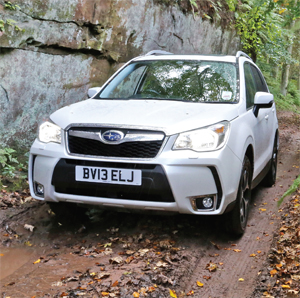 Think 4×4 and vehicles like the Discovery, Land Cruiser and Grand Cherokee come to mind, or maybe pick-ups like the Hilux or Ranger. These vehicles are capable of carrying heavy loads over rough terrain, but are not cheap to buy or to run. Smaller, certainly lighter vehicles such as the Santa Fe, Freelander, SX4 and others offer rough-terrain capability at lower prices – these are soft-roaders designed for lighter duty work and they lack low range gears. The question is whether the trade-off is worth it, and how far can you go in a softie?
Think 4×4 and vehicles like the Discovery, Land Cruiser and Grand Cherokee come to mind, or maybe pick-ups like the Hilux or Ranger. These vehicles are capable of carrying heavy loads over rough terrain, but are not cheap to buy or to run. Smaller, certainly lighter vehicles such as the Santa Fe, Freelander, SX4 and others offer rough-terrain capability at lower prices – these are soft-roaders designed for lighter duty work and they lack low range gears. The question is whether the trade-off is worth it, and how far can you go in a softie?
First off, any 4×4, whether it has low range or not, needs two basic features to be seriously considered for off-roading. The first is front and rear recovery points, which doesn’t mean screw-in eyes but might mean a rear towbar. If there is no front recovery point then at least use two screw-in eyes and use a long bridle (at least 5m) to equalise (but not halve) the load.
The second is a full-size spare wheel, or at least the option to take one somewhere. Spacesaver spares or worse yet, the aerosol can option you spray into a punctured tyre, just don’t cut it off-road. These two criteria alone cut the wide field of soft-roaders to far fewer, and it is these which are your real candidates for any terrain rougher than a dirt road.
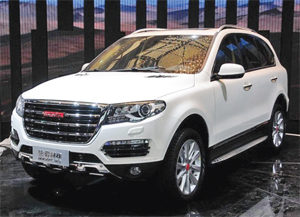

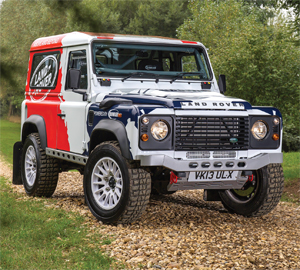
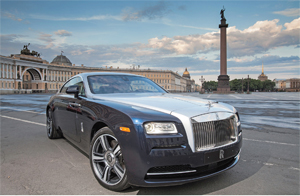
 The MUD UK cubby box bin is a simple but effective way of creating extra storage space in the cabin of your Land Rover Defender. It fixes to the rear face of the Defender’s standard cubby box to create an easy access storage bin for both front and rear seat occupants. It has been designed to fit all Defender models, and comes with all necessary fittings. It’s a great place for storing maps, CDs, and will even hold large water bottles. Fit one and we’re sure you’ll fill it, one of Murphy’s indubitable rules! The cubby box costs a very reasonable £28, including VAT and is available direct from the MUD UK website.
The MUD UK cubby box bin is a simple but effective way of creating extra storage space in the cabin of your Land Rover Defender. It fixes to the rear face of the Defender’s standard cubby box to create an easy access storage bin for both front and rear seat occupants. It has been designed to fit all Defender models, and comes with all necessary fittings. It’s a great place for storing maps, CDs, and will even hold large water bottles. Fit one and we’re sure you’ll fill it, one of Murphy’s indubitable rules! The cubby box costs a very reasonable £28, including VAT and is available direct from the MUD UK website.

 Think 4×4 and vehicles like the Discovery, Land Cruiser and Grand Cherokee come to mind, or maybe pick-ups like the Hilux or Ranger. These vehicles are capable of carrying heavy loads over rough terrain, but are not cheap to buy or to run. Smaller, certainly lighter vehicles such as the Santa Fe, Freelander, SX4 and others offer rough-terrain capability at lower prices – these are soft-roaders designed for lighter duty work and they lack low range gears. The question is whether the trade-off is worth it, and how far can you go in a softie?
Think 4×4 and vehicles like the Discovery, Land Cruiser and Grand Cherokee come to mind, or maybe pick-ups like the Hilux or Ranger. These vehicles are capable of carrying heavy loads over rough terrain, but are not cheap to buy or to run. Smaller, certainly lighter vehicles such as the Santa Fe, Freelander, SX4 and others offer rough-terrain capability at lower prices – these are soft-roaders designed for lighter duty work and they lack low range gears. The question is whether the trade-off is worth it, and how far can you go in a softie?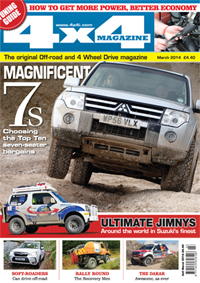
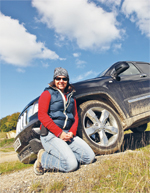 Toyota’s RAV4 celebrates 20 years in the business, as does our columnist! And even after two decades, the world of the SUV continues to surprise
Toyota’s RAV4 celebrates 20 years in the business, as does our columnist! And even after two decades, the world of the SUV continues to surprise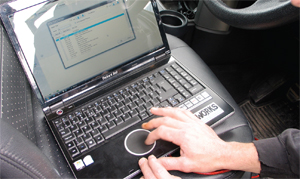 Most folk are probably perfectly happy with their diesel-powered 4x4s, SUVs and off-roaders. They manage to offer reliable, sturdy motoring, reasonable power and decent enough torque in most cases. And if those who crave more performance choose to run a petrol-powered 4×4 instead, perhaps usurping a Td5 Discovery in favour of a V8, then they’re probably content to spend more on fuel in return for that extra on-road ‘oomph’.
Most folk are probably perfectly happy with their diesel-powered 4x4s, SUVs and off-roaders. They manage to offer reliable, sturdy motoring, reasonable power and decent enough torque in most cases. And if those who crave more performance choose to run a petrol-powered 4×4 instead, perhaps usurping a Td5 Discovery in favour of a V8, then they’re probably content to spend more on fuel in return for that extra on-road ‘oomph’.